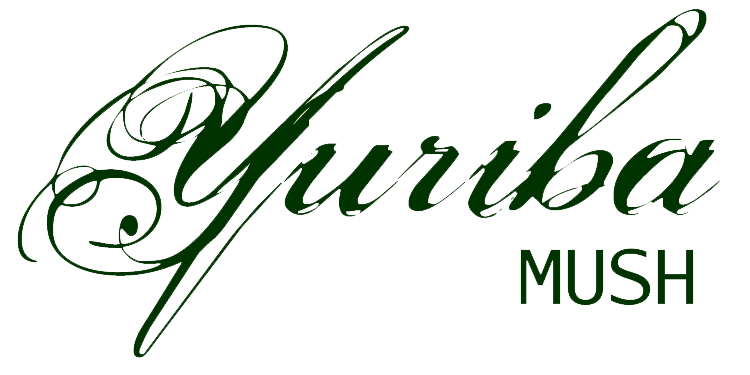Tawny-Breasted Duck
The Tawny-Breasted Duck is a shy, difficult to find Yuriban duck. Though not a very large duck, it's meat is prized as a delicacy for it's flavor and used in more complex dishes in local cuisine.
Description
A relatively nondescript duck about a foot in length, the main feature of this bird is the one that it's named after. The Tawny-Breasted Duck is exactly that, a dark brown duck with a lighter yellow-brown breast and underside, with a dull yellow beak and legs. Occasionally a bird will be found that has a white bar on the wings, but this does not seem to be a common feature.
Habitat, Behavior and Diet
The Tawny-Breasted duck favors wooded swamps, shallow lakes, marshes, ponds and creeks, staying away from larger bodies of water, tending toward sites most often found in the Western Forest and away from the habited part of the island. Building it's nest in a hollow tree or a hole created by other animals, the Tawny-Breasted often uses former squirrel nests as nesting sites, preferring holes near or over the water. Monogamous, the birds will choose a single mate for a season, but after the winter flocking period, they select a new mate the following spring, often reusing the nesting site of one of the pair from the previous year. Observers have noted that it seems that the smaller of a mated pair is usually the bird who's previous nesting site is reused. Young birds tend to have difficulty establishing a new nest, and will sometimes nest on the ground within the roots of a tree, but often these nests do not produce successful broods due to predation by ferret and fox.
Shy and reclusive, the mated pairs will stay together to themselves, defending a small territory but rarely needing to do so as they instinctively seek nesting sites and territories apart from other birds. Raising a single brood of five to six young a year, once fall comes the birds do begin to flock together before the first fallen snows. Spending their time within the trees, the birds continue to avoid larger lakes and are more frequently found along actively rushing creek waters or spring fed ponds active enough to not ice over, occasionally found at the island's numerous hot springs should the winters be harsh and cold.
Their feeding habits change through the year. In the spring the birds mainly feed on insect larvae and tadpoles, moving to feeding on small frogs and insects in the summer. Their diet changes to more grasses and roots in the fall, subsiding mainly on the root of water plants in the winter after the plant above the water dies with the cold, and foraging for acorns and other wood nuts, their beak strong enough to break open a walnut.
Additional Information
The difficulty in finding the duck has given it a somewhat mythological reputation as being favored by Zokutou, determined yet disappointed hunters claiming the duck having a supernatural ability to leave reality and be hidden. It most certainly has more to do with the shy and private nature of the duck to not flock save in the winter, the duck not hunted in the winter because the quality of the meat is considered low during that season. Their habit of sitting high in trees rather than in the open water or shore when they aren't feeding further complicates hunting attempts.
